White Wizard is an extraordinary specie belonging to the Philodendron genus, sought after for its eye-catching variegation on the foliage. The White Wizard Philodendron is quite rare and a slow grower plant. The plant is of climber type; however, it can be maintained in the bushy form by regular trimming. This bounty has dark green leaves displaying vivid variegation of bright white that makes plant parents awe. Owing to the outrageous white variegation, White Wizard is one of the most sought-after members of its family. However, despite being scarce, the plant is easy to care for.
This guide has covered the complete care of White Wizard when grown indoors as an Ornamental houseplant. Read on to unravel the tips and tricks for optimal care of White Wizard.
Closely-Related Allied Species: Philodendron White Knight, Philodendron White Princess, Philodendron Florida Ghost, Philodendron Verrucosum, Philodendron Rugosum, Philodendron Spiritus Sancti , Philodendron Moonlight.
Related Products:
Habitat And Ecology
| Botanical Name: | Philodendron Erubescens ‘White Wizard’ |
| Family Name: | Araceae |
| Other names: | White Wizard Philodendron, Philodendron White Wizard |
| Plant Type: | Climbing perennial |
| Origin: | South America |
| Color: | White splattered or half-moon variegated leaves |
| Height: | Up to 4 Feet |
| Humidity: | 60% to 80%. |
| Temperature: | 18ºC to 28ºC( 64ºF-82 ºF) |
| Light Need | Bright, indirect light |
| Propagation | Stem cutting & Air-layering |
| Preferred pH | 5.6-7 (mildly acidic-neutral) |
| Soil type | Well-drained organic soil |
| Common Pests & Diseases | Mealybugs, spider mites, brown tips and root rot. |
How to Identify White Wizard Philodendron?
‘Triple Crown‘ is a name given by plant collectors to a bundle of three stunning Philodendrons- White Knight, White Princess, and White Wizard as they highly resemble each other and are sought-after mesmerizing plants featuring creamy white and green variegated leaves. They all are low-maintenance indoor climbing plants that shoot out white variegated leaves, including the half moon and full moon leaves. There are a few differences between them that you might know if you are planning to get one.
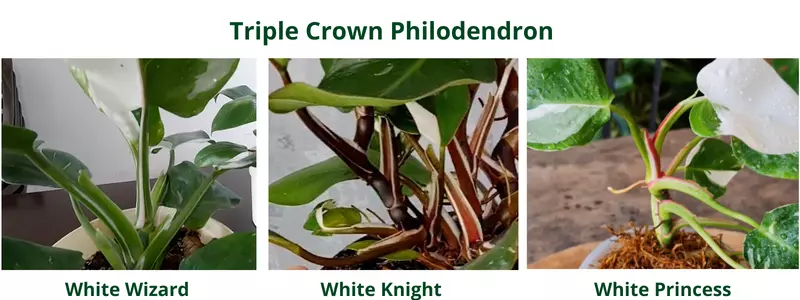
Philodendron White Wizard vs. White Knight
The difference between White Wizard and White knight is evident, and you can tell them apart by checking their stem colors. A White Knight has burgundy-colored stems and petioles with white variegation and features broad, rounder heart-shaped leaves. A White Wizard exhibits green stems and petioles with white petiolar sheaths and features broad, rounder leaves. In addition, White knight may also exhibits occasional pink variegated leaves but White Wizard exhibits only green and white variegation.
Philodendron White Wizard vs. White Princess
Similarly, you can identify White wizards and White Princess by inspecting the color of their stems and petioles. White Princess features green stems and petioles with white and pink variegation along the petiolar sheaths, unlike White Wizard, that only exhibits green petioles with white petiolar sheaths. Moreover, White Princess Philodendron has lance-shaped leaves at the juvenile stage but is a fast grower compared to White Wizard.
A Closer look of Philodendron White Wizard
How do you take care of a White Wizard Philodendron?
White Wizard Philodendron being of tropical origin loves moist soil and humid environment. Optimum sunlight plays an important role in producing the variegation on foliage, whereas the ambient temperature shall be on warmer sides. Let us go through in detail to discuss all the key care aspects to keep your White Wizard flourishing.

Philodendron White Wizard Plant Size and Growth
White Wizard is a hybrid cultivar of Philodendron Genus and has beautiful cordate leaves with artistic splashes of white variegation. It is low maintenance, moderate-growing evergreen climbing plant that can grow one leaf per month. The degree of variegation its leaves exhibit depends on the cutting taken from the mother plant. Not all White Wizard exhibits the same degree of variegation.
Does Philodendron White Wizard climb?
As mentioned earlier, White Wizard is a climbing Aroid with a scandent stem that requires support for continual growth. White Wizard has aerial roots; therefore, using a moss pole is extremely helpful in producing large and variegated leaves. Moreover, White wizards can grow up to several feet tall (3 to 4 feet avg.) when grown indoors, mimicking tropical environments.
As White Wizard grows taller, it becomes susceptible to breaking due to the thin stem that requires support to stay upright. Most Philodendrons are flowering perennials that seldomly bloom indoors. Mature White Wizards may produce white inflorescence with spathe and spadix that can be pollinated to produce seeds.

Temperature and Humidity
Since Philodendron White Wizard is a tropical house plant, it thrives in a warm and humid environment. The ideal indoor temperature for White Wizard is 18ºC to 28ºC( 64ºF-82 ºF). These plants cannot tolerate temperatures below 13ºC (55ºF); therefore, keep them away from A.C vents and cold drafts in winter. If grown outside, plant them in a shady frost-free climate with a temperature of 15°C to 30°C.
If you live in any tropical country, you don’t have any season problems, especially when it comes to winter. The plants don’t have a dormancy period because the weather here is very hot throughout the year. If you live in an area in the northern or southern hemispheres, you might need to keep the plant away from extreme temperature changes.
Philodendron prefers high humidity, around 60% to 80% but will do fine in average household air humidity( 50%). To keep your White Wizard happy, you can increase the humidity by using a humidifier or placing a pebble tray filled with water. Moreover, grouping your plants also helps increase the humidity in the air.
Lack of humidity can result in crispy brown edges of the leaves. Regular misting your plant also helps increase the humidity. Make sure the water droplets don’t stay long on leaves; else may cause fungal spots on leaves.

Light Requirement
Light plays an essential role in the amount of variegation White Wizard gets. We recommend placing your plant near an east or west-facing window where it can receive bright indirect sunlight. White wizards thrive in bright indirect light and produce stunning variegated and large leaves. Remember that the white variegation is highly sensitive to direct sunlight and may burn, resulting in yellow or brown spots on them.
However, placing the plant in lower light can cause a leggy stem with small leaves. Moreover, due to lack of light, White Wizard tends to revert to green like its counterpart, the White Knight. Therefore, bright ambient light helps them maintain their variegation and huge rounder leaves. If you don’t have a bright spot, using the grow lights (approx. 400 CF) for 6 to 8 hours will help your plant keep growing variegated leaves and prevent them from dormancy.

Water Requirement
Watering is basically the most crucial part of taking care of your White Wizard, White knight, and White Princess since root rot is the number one killer of this plant. Therefore the rule of thumb when it comes to watering is that it’s better to underwater than to overwater them. If the plant is a little bit underwater, it can just actually bounce back immediately once you replenish it with water again.
It is essential to access the moisture of the plant’s medium before watering. You can water the plant if 50% of the soil dries out. There are a few ways to monitor soil moisture. You can use a moisture meter to access the moisture or can put your finger in the soil, and if the top few inches feel dry, you can water the plant.
On average, White Wizard needs to be watered once every 7 to 10 days, depending on its growing environmental conditions. White Wizard doesn’t like to sit in damp soil. Therefore when you water, let the excess water drains through drainage holes. You can also use self-watering planters to avoid water logging and root rot.
If the plant is overwatered, it starts to root rot resulting in yellowing and drooping of leaves. Since root rot is progressive, eventually, your plants will die. We recommend using distilled water to prevent the browning tips of leaves.

Soil Requirement
Like all Aroids, Philodendron White Wizard prefers nutrient-rich, light, and slightly porous soil. The well-drained soil is vital for this plant because they don’t thrive in waterlogged soil. The medium should be moist but air at the same time to let oxygen flow through the roots.
Regular potting mix is a too dense medium for Philodendron, and don’t let root aeration. For the White Wizard plant, using any Aroid potting mix is beneficial. You can also try mixing the following ingredients to make a well-drained, moist, and airy potting mixture;
- 60% Pumice
- Rice hull or Perlite
- Coco Peat(Coconut coir) or peat moss
- Coco cubes or Orchid bark
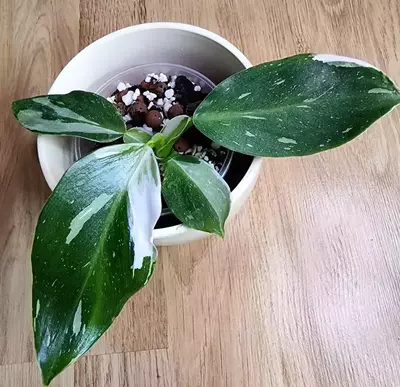
Philodendron White Wizard can also grow in 100% sphagnum moss and other hydroponic mediums such as , LECA Clay Pebbles, PON, peat–vermiculite, or peat–perlite mix. We cannot stress enough how important it is to give your plant a medium that is well aerated, well-draining soil, and doesn’t hold much water.

Potting and Repotting:
Like most Aroids, the White Wizard plant requires aeration to the roots to thrive. We recommend using a plastic pot with good drainage holes or a terracotta pot, ensuring not to use a large pot for White Wizard. A large pot may cause the substrate to waterlog, resulting in root rot.
White Wizard needs repotting after a year or two when it becomes root bound. You can look for signs indicating the root bound, like plant stop growing or roots outgrowing through drainage holes.
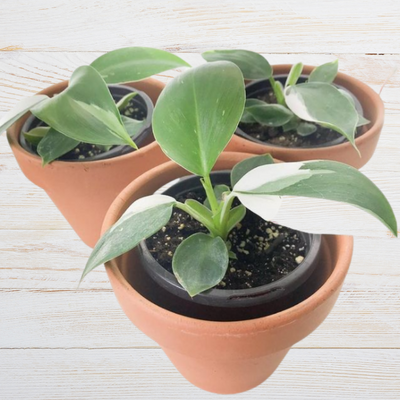
Repot the plant in a container at least 2 inches larger than the current pot. The best time for repotting is early spring or summer when the plant growth is active. It is recommended to replace the old potting mix with a fresh one when repotting the plant.
Moreover, gently shake off the old potting mix from the root ball, inspect the roots when repotting, and cut the damaged roots. Water your white Wizard plant and place it in a warm, humid, and bright indirect light to adjust to the new environment.

Fertilizing
Philodendron White Wizard can benefit from any Nitrogen-based fertilizer to grow larger and healthier leaves. The plant doesn’t need any fertilizer for a few months if you have repotted it recently with fresh potting mix. Feed your plant with standard liquid fertilizer once every two weeks during the growing season (Spring and Summer). Some plant parents like to feed their plants every two weeks with a ¼-strength of diluted liquid fertilizer rather than giving the full dose.
Another way to fertilize your plant is the Osmocot. I give my plants every four months, and once I sprinkle the granules on top of the pot, I moist it right away because the Osmocot starts giving off its nutrients once it gets wet. If you want organic fertilization, you can top dress the soil with worm castings or rich compost.

Propagating Philodendron White Wizard
The best time to propagate Philodendron white wizard is early Spring or Summer when the plant is active and can recover. Like its other family member, stem cutting is the most hassle-free propagation method. In addition, air layering is another successful propagation method as this plant grows aerial roots which ultimately involves stem cutting.
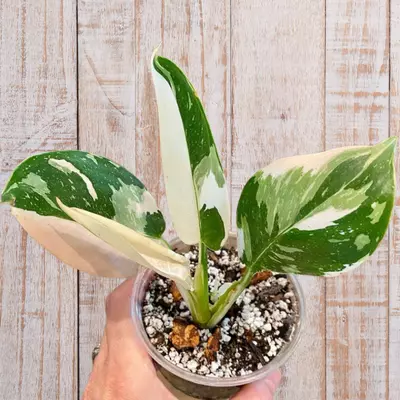
Stem Cutting:
You will find a small brown nub where the petioles meet the stem and are referred to as node or growth points. It may also include some aerial roots. Follow the step-by-step propagation guide to multiply your White Wizard.
Once you take the cutting, you can plant it in different mediums to propagate.
Water Propagation:
You can place the White wizard cutting in a glass jar filled with water or in a water propagation station to root. Once you see enough root growth, you can plant it in any well-draining potting mix. It might take three to four weeks to root.
Sphagnum moss:
It is the best medium to propagate the White Wizard stem cutting. We recommend using a transparent plastic pot for propagation. Fill half the pot with sphagnum moss and plant the cutting, ensuring the node and aerial roots are covered with sphagnum moss . Depending on how dry their medium is, you can spray water in them for three days or four days. The secret is to keep the moss moist, not damp else, the cutting will rot.

LECA or PON:
You can also plant your cutting in PON or LECA to prevent any chance of rotting. Moreover, you can put the PON or LECA medium pot in self-watering planters and place them in bright indirect light to root.
Later you can plant your cutting in any well-draining potting mix once the cutting has sprouted enough roots.
Air Layering Propagation:
White Wizard Philodendron grows aerial roots, making it suitable for air layering. Locate a node on the stem where you want to cut your plant. Cover the node and aerial roots with moist sphagnum moss, and then wrap the sphagnum moss with a plastic sheet.
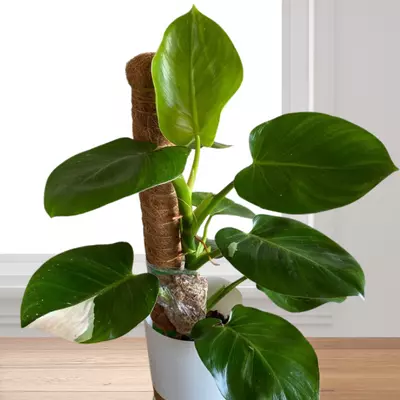
You will see new root growth from that node within a couple of weeks. Now you can cut the stem below the new roots growth point. After cutting, you can plant it in a moist, well-draining medium of your choice.

Pruning and Maintenance
Rotating your White Wizard plant periodically helps in even growth on all sides by equal light exposure of all parts of the plant. Moreover, dusting the leaves let plant photosynthesize efficiently. While cleaning the leaves, it is a great opportunity to inspect the undersides of the leaves for any pest infestation.
Philodendron White Wizard is a moderate growing climber and doesn’t need frequent pruning. However, if the plant gets top-heavy, pruning the top portion prevents it from snapping. You can propagate that cutting and plant it back with the mother plant to make it bushier.
Trimming any yellow or old leaves is advisable to encourage new growth. Use disinfected sharp pair of pruning shear or scissors for pruning, and always start trimming from the bottom.

Toxicity of White Wizard Philodendron
Like all Philodendrons, White Wizard also contains calcium oxalate, which is toxic to humans and pets. Upon ingestion, the oxalate form “raphides,” tiny needle-like structures that cause tissue irritation and pain in the mouth.

Common Problems and Pests
Philodendron White Wizard is a hardy and low-maintenance house plant.
Root Rot:
White Wizard is prone to root rot if planted in a pot with poor drainage or in a large pot due to a lack of aeration to the roots. Root rot commonly occurs due to overwatering and poorly draining soil. When the roots stay soggy for longer, the fungus attacks the roots and starts rotting.
You need to treat the plant to save it from dying. Pull the plant gently out of the pot and snip the diseased roots. Moreover, you can repot the plant with fresh well-draining potting mix. In addition, revise your watering schedule and let the top few inches of soil dry before watering.
Philodendron White Wizard Reverted
Reverting Philodendron White Wizard is a major problem like its counterpart White knight and is highly dependent on light exposure and from where the cutting is taken. Please remember that due to the nature of Variegation, it may vary from plant to plant and even from one leaf to another on the same plant.
You can prevent reverting in a couple of ways.
How to recover a reverted White Wizard ?
If your White Wizard starts reverting, it might take a while to produce variegated leaves again. You can place the plant in bright indirect sunlight or use grow light to maximize the light exposure.
It is vital to cut the new reverted green leaves and petioles till the point of the previous variegated part of the plant. Cutting your White Wizard this way will encourage the new variegated growth. Remember you need to be patient; it might take a few cuttings before White Wizard starts sprouting stunning variegated leaves and petioles again.
Leggy Growth:
Due to lack of light, the plant would stretch towards light and may become leggy. Moreover, smaller leaves and empty long stem growth indicate that plant needs more light.
Fungal leaf Spot:
Leaf spots may appear on the foliage if the water droplets stay there for a longer time. Keep your plant in a location where air can flow.
Pests:
Luckily Philodendron White Wizard is not infested by many pests. I have noticed occasional mealy bugs and spider mites in the nooks and crooks of this plant. In case of pest infestation, shower the leaves and use any insecticidal spray on the foliage. Or applying neem oil on the leaves is also helpful in getting rid of pests.
FAQs
Is Philodendron White Wizard rare?
Philodendron White Wizard is a highly sought-after plant due to its remarkable white variegated leaves. However, you cannot say it is rare as it is being cultivated in large numbers in nurseries.
Does Philodendron White Wizard revert?
Unfortunately, Philodendron White Wizard can easily revert like its counterpart White Knight plant due to a lack of light. The white variegation is due to a lack of chlorophyll; if the plant is placed in low light, the white parts will revert green to produce food for the plant.
White Wizard may lose the beautiful white variegation to revert to all green leaves and stems. Moreover, the unstable genetic mutation of the mother plant may also contribute to reverting of White Wizard.
How do you increase variegation in White Wizard?
You can provide bright indirect sunlight for 6 to 8 hours to encourage variegation in Philodendron White Wizard. Moreover, using grow lights also helps increasing the light exposure time.
Related Posts
Best Fan for Grow Tent | Clip On, Inline & Oscillating
Grow tent fans are specially designed to increase air circulation and ventilation. If you want to regulate the environment of your indoor growing space effectively, you need best grow tent fans .
Philodendron Moonlight Care & Growing Guide
The Moonlight Philodendron is a hybrid variety of the Philodendron genus from the Araceae family grown for its vivid foliage.
Philodendron Verrucosum (Ecuador Philodendron) Care
The Philodendron Verrucosum is a show stealer and one of the most stylish of all Philodendrons. The Philodendron Verrucosum is a flowering hemiepiphytic climber of the Araceae family.
Alocasia Sarian | Elephant Ear Plant Care
Alocasia Sariana (Elephant ear) is hybrid of the Zebrina and Micholitziana Alocasias featuring ginormous deep green pointed leaves.
Philodendron Florida Ghost or Florida Mint
The Philodendron Florida Ghost also known as Philodendron Pedatum is an affordable “rare” Philodendron that is easily attainable.


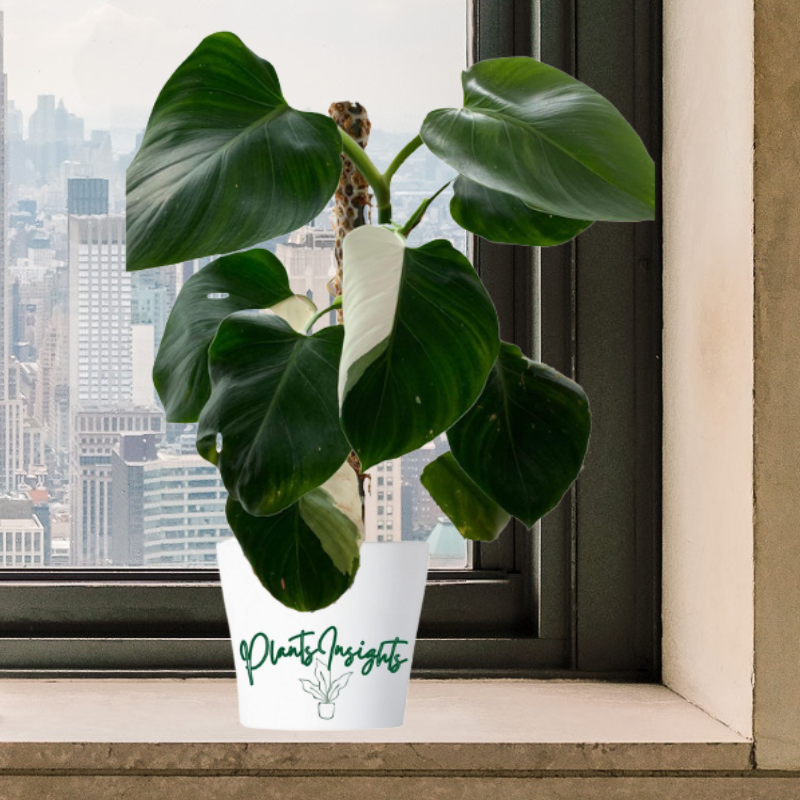
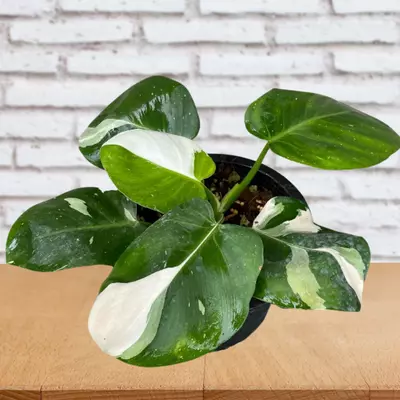



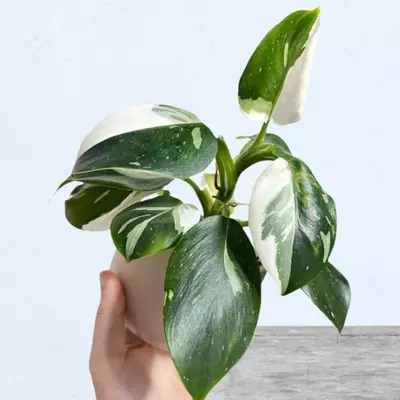


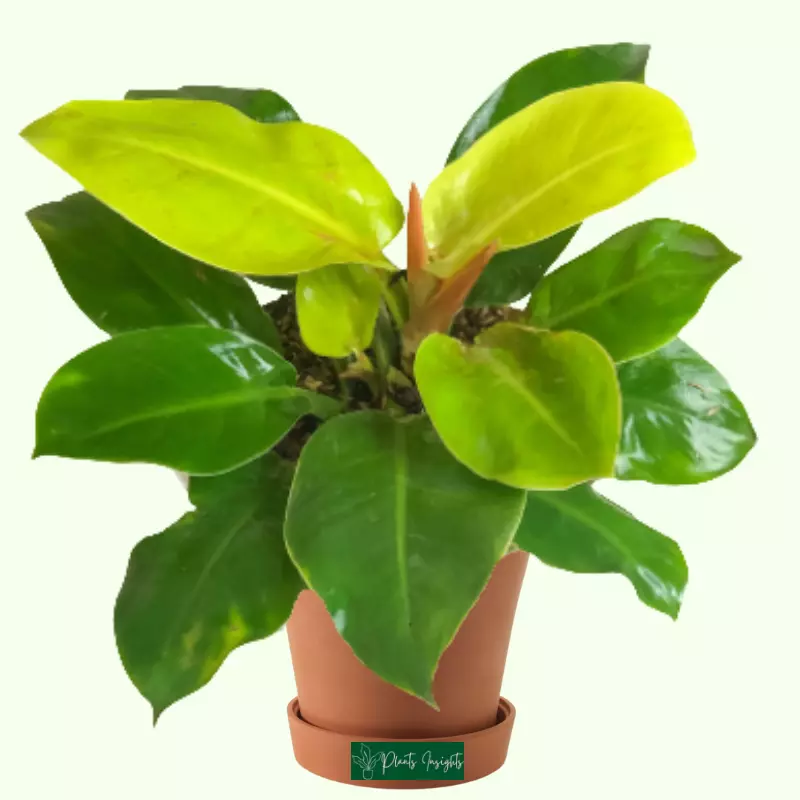
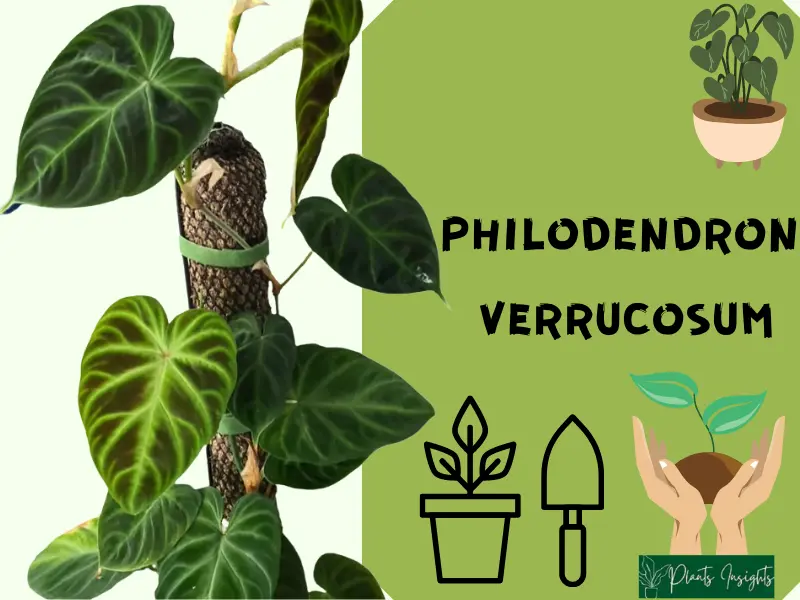

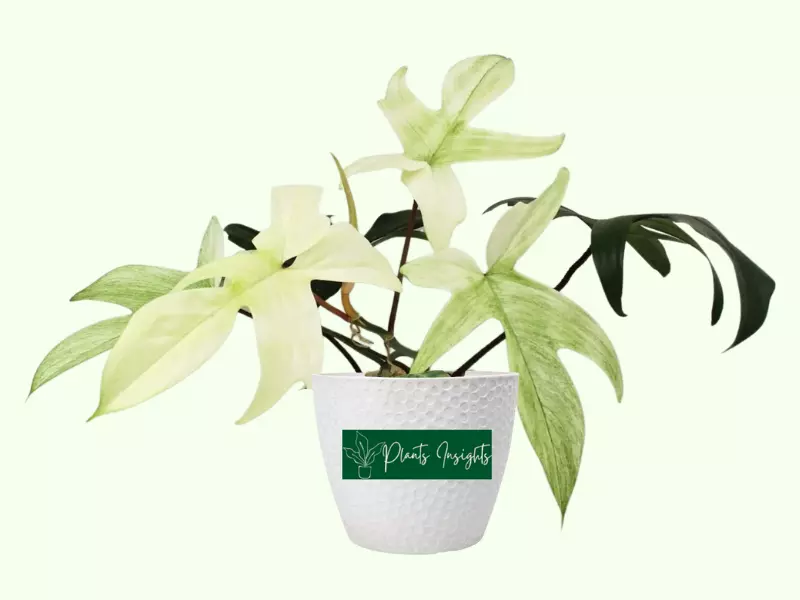
This internet site is my inhalation, very superb layout and perfect content.